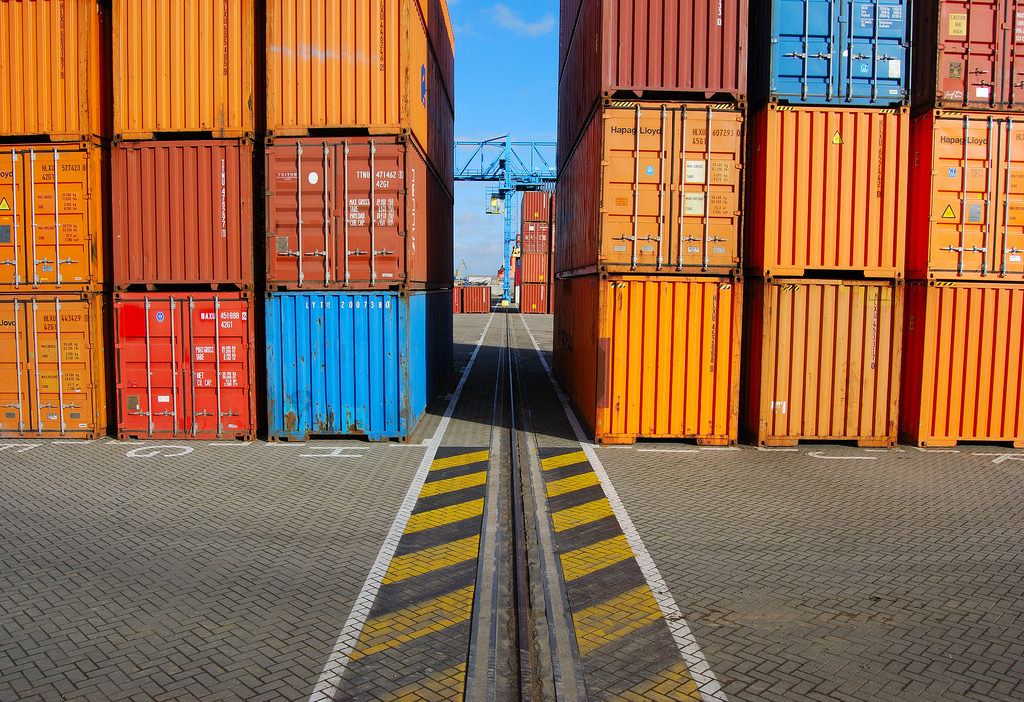Businesses like yours rely on shipping partners to move goods from manufacturer to warehouse, and warehouse to retail locations. It’s these shipping partners’ job to ensure safe, reliable transport and delivery — but it’s your responsibility to pack your goods to keep them undamaged. Here are 5 best practices to follow when preparing your cargo for shipment.
1. Pack for Strength from Inside Out
During shipping of any kind, your goods will knock against east other and try to shift free. Use sturdy, undamaged boxes filled with new packing materials to minimize air pockets. Then stagger individual units in even rows with distributed weights. As a best practice, place flat cardboard in between rows as needed and shrink-wrap pallets 3-5 times around to aid in their stability and prevent damage from dust and diesel fumes.
2. Properly Label All Boxes in Shipment
Nothing slows down processing like improperly labeled goods. Make sure each piece of your shipment is labeled with names, phone numbers, and company contact information in addition to detailed lists of contents. This information should be pasted in two locations on the shipment, ideally the top and side, to ease scanning and tracking at both the origin and destination.
3. Angle Stacked Pallets for Stability
No one wants wobbly pallet stacks. Instead of stacking them directly on top of each other, try stacking them at 45-degree angles, with the corners overlapping straight edges of the pallets beneath. This will aid in unloading and also give the stacks a better foundation for weight distribution during shipment.
4. Weatherproof to Prevent Damage
Unexpected wet or icy conditions during loading and unloading can damage goods even if the shipment was successful. Prepare for the possibility of inclement weather by shrink-wrapping the tops of your pallets and/or boxes (in addition to the sides) to prevent wetness from leaking between layers. You can also secure a solid tarp with strapping to aid in weatherproofing.
5. Choose the Proper Shipping Shape
Jagged edges and overhang beyond the pallet dimensions are injury hazards and can increase the costs and precautions needed to prevent damage. Choose a pallet, crate, or shipping container that can adequately hold the cargo within its edges. This could actually cost less than forcing overly large items onto a too-small pallet, as freight shippers can better plan for cargo when its dimensions are well defined.
Once you have your shipment properly prepared for transportation, leave the rest to us. At Adcco, our main responsibility is getting your goods from its origin to its destination reliably, safely, and with as little damage as possible — a goal we take seriously at every stage of your shipment journey. Our transportation specialists are here to aid you in your shipping decisions. Contact us today to get started – and let’s get moving together.

